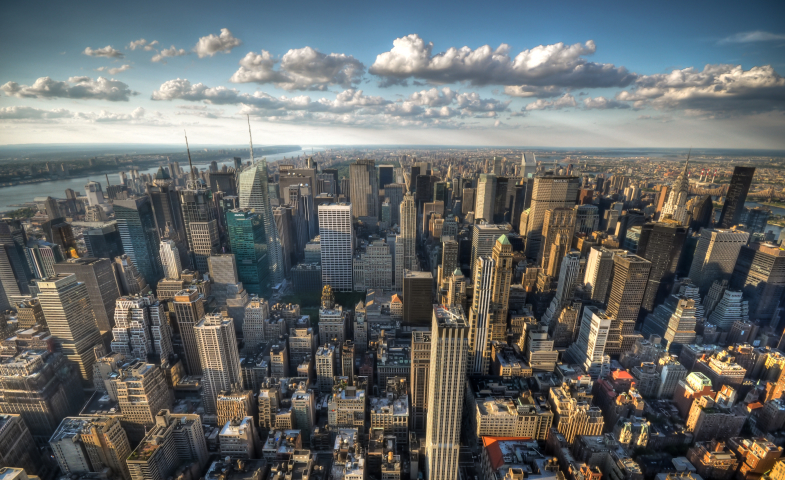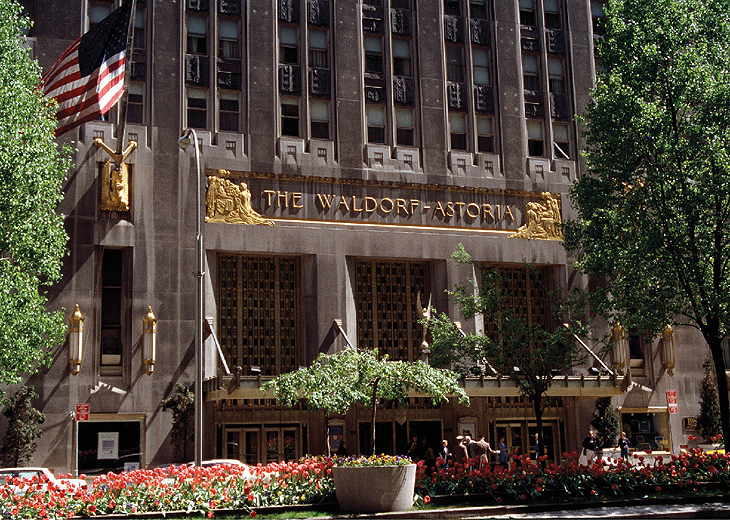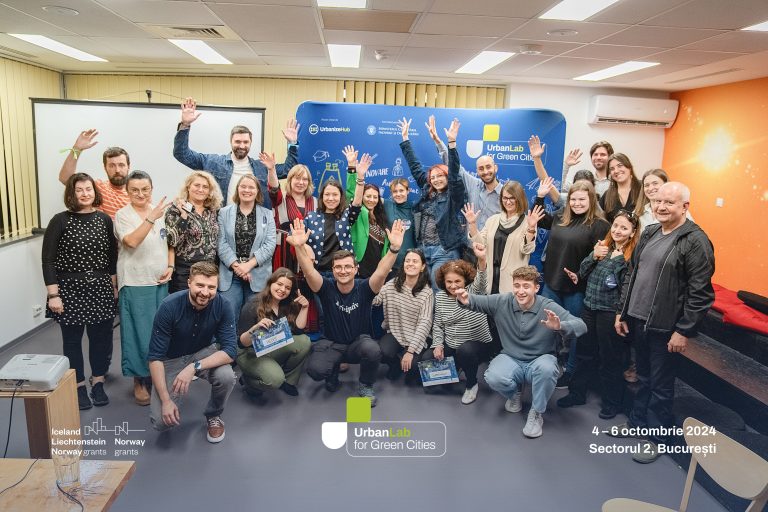Famous properties such as the Waldorf Astoria, Grand Hyatt, Loews Regency and the Peninsula are among 17 hotels in New York that have joined the NYC Carbon Challenge through which they commit to becoming greener, together with other buildings like hospitals, universities and multifamily residences.
The 17 hotels contain more than 11,000 guest rooms, and they have pledged to cut greenhouse gas emissions by at least 30 percent in the next 10 years – this could save up to $25 million of energy operating costs. Buildings account for 75% of greenhouse gas emissions in NYC, and getting the hospitality industry on board will significantly help to cut down on the city’s overall emissions, said Nilda Mesa, director of the Mayor’s Office of Sustainability. Advocates have said that these pledges could yield results that compare to removing more than 100,000 cars.
Mayor Bill de Blasio has set forth a broad vision for sustainability in September 2014, in which one of the goals is to reduce citywide greenhouse gas emissions by 80 percent until 2050.
Worth the investment
Some of the properties that are participating in the project are already on their way to meeting these goals, and the changes only involve minor constructions that are unlikely to affect their guests. They may need to make considerable investments, but they are ready to do so since administrators know it will save them money in the long run. For example, the Grand Hyatt is spending $160,000 to install exhaust controls in its kitchens by the end of January which expend minimal energy when stoves and ovens aren’t in use. The hotel is also spending $150,000 on 16 thousand LED bulbs. The biggest undertaking is a $2.3 million investment on a new building management system that controls air conditioning and heat, operating on a demand-based ventilation that doesn’t burn excess energy.
The Peninsula hotel will also install LED lighting as well as eight new elevators that run with less energy. The Waldorf Astoria will delay its carbon reduction until after a planned restoration, which could begin in 18 to 24 months, but it has already taken steps towards cutting down on emissions since 2005, by switching to biodegradable packaging materials, for example. Similarly, other hotels in the NYC Carbon Challenge have completed various renovations that have reduced greenhouse gas emissions, and now they are ready to intensify their efforts.

The moves will not necessarily be visible to the hotels’ guests, who usually have the option of participating in the property’s eco-conscious efforts with such actions as reusing their bath towels, but Adam Weissenberg from Deloitte & Touche says that travellers will nevertheless appreciate that the hotels are trying to be greener, even if they can’t get directly involved in the processes.
Officials hope that the measures taken by hotels, many of which are famous and iconic, can inspire other groups and individuals to take action in reducing carbon footprint.
Sources: nytimes.com; trust.org
Photo: netflights.com; hanyc.com







